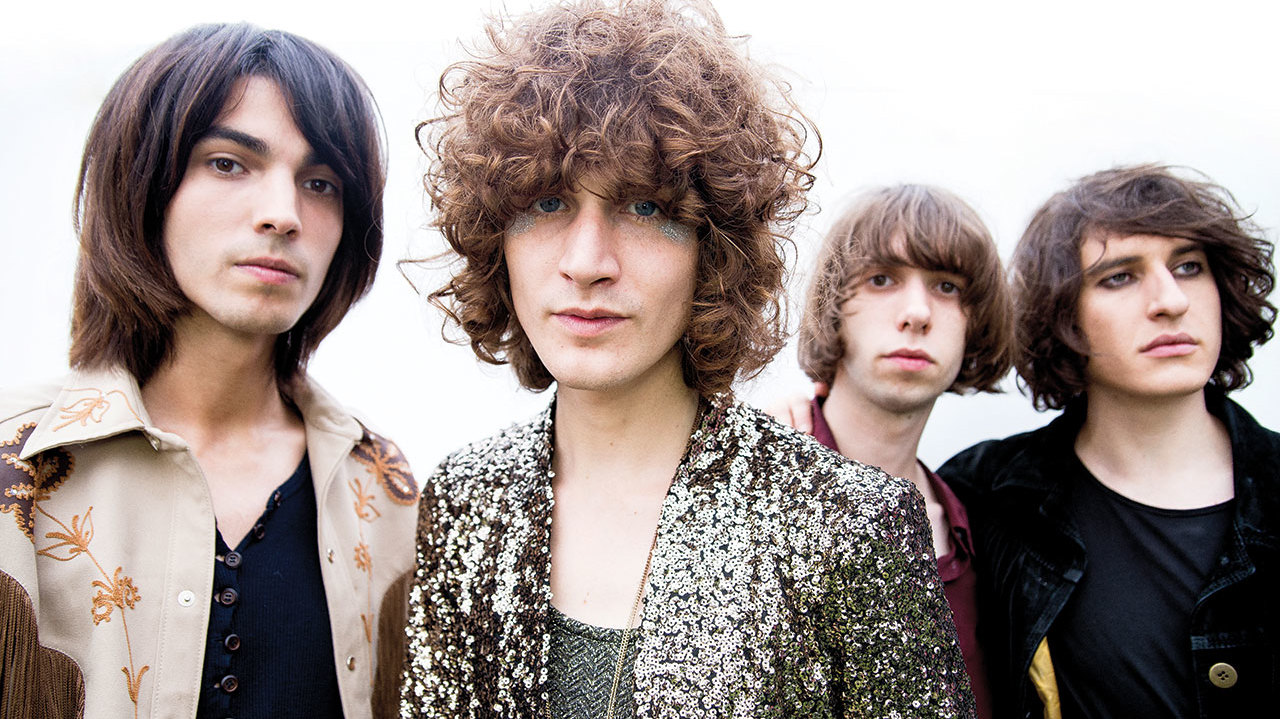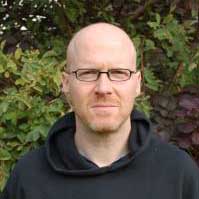Sometimes it seems as though the whole world’s going prog. There’s all the glorious prog from history that we know and love, and there are today’s legions of prog bands. Then there are the bands that are ‘going prog’. It’s happening a lot in indie. First there was The Coral, celebrated in these pages for their 2016 album Distance Inbetween and its prog-tastic mashup of Krautrock and biker boogie. Rumour has it that Alt-J, winners of 2012’s Mercury Prize, have, on their forthcoming third album Relaxer, ‘gone prog’. And now here are Temples, the Kettering four-piece whose 2014 debut album Sun Structures paid homage to psych so irresistibly and infectiously it reached the UK Top 10 and drew praise from Johnny Marr and Noel Gallagher (who had his own prog moment when he worked with far-sighted production duo Amorphous Androgynous). For their follow-up, Volcano, they’ve largely ditched the swirly Byrds/Beatles/Zombies influences and gone for an intricate, keyboards-heavy sound that chimes with the recent work of Tame Impala, MGMT, Flaming Lips and Mercury Rev, with nods further back to everyone from Jethro Tull and Yes to Pink Floyd and Mike Oldfield.
In fact, bassist and founder member Tom Walmsley is so full of the joys of prog that he interrupts Temples’ tour of the States – where the band are something of a hot ticket, with appearances on high-profile platforms such as The Ellen DeGeneres Show and The Tonight Show Starring Jimmy Fallon – to discuss music in general (he’s just discovered late-70s power pop cult heroes Shoes, and dark angel of New York’s tenements Laura Nyro), and prog in particular.
“In terms of songwriting,” he says of the artists they tuned into during the recording of Volcano, “we listened to a lot of later prog, from beyond the golden era: Paul Roland, Martin Newell, Julian Cope, Bill Nelson, Peter Hammill, Sparks.” He pauses for breath to admire the Nevada City scenery, then continues. “ELO albums like On The Third Day were a big influence, The Alan Parsons Project, Todd Rundgren’s Utopia, Genesis, the stuff Bob Ezrin produced for Peter Gabriel – that kind of deconstructed, less-is-more approach [circa 1977’s Car]. I’ve also been listening to [Gabriel’s] Scratch and Melt a lot. The sound is incredible.”
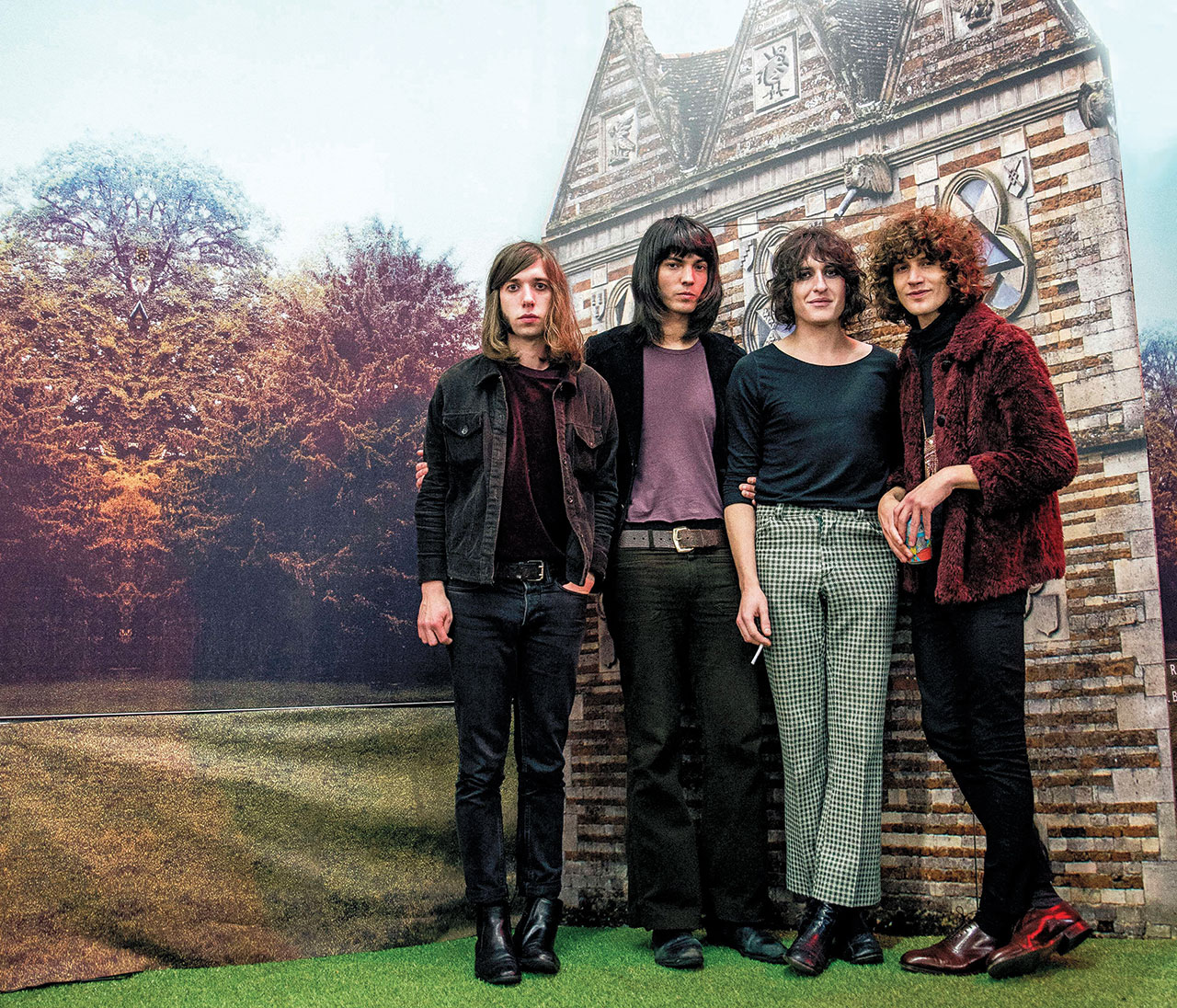
When Prog ventures that a track from Volcano, Open Air, sounds like a depressed ELO or suicidal Martha My Dear (by The Beatles), he is delighted. “That’s made my day,” he says, audibly beaming. There’s a great attention to detail on Volcano – the “fa fa fa fa”s on Roman Godlike Man, the swarm of bees at the start of Born Into Sunset – but it’s more than the sum of its snappy snippets.
“We wanted to progress our songwriting,” he explains. “Sun Structures wasn’t a concept album but we wanted to capture a whole sound across the album. This time we wanted to do away with anything that felt like that and focus on each individual song.”
Sun Structures was criticised in some quarters for ostensibly dabbling in psych while not fully immersing itself in the culture’s properties: one reviewer decided they weren’t taking enough hallucinogenics.
“I don’t really know what that means,” Walmsley says now. “I don’t think they literally meant we weren’t taking enough drugs. I think they meant it metaphorically; that maybe there wasn’t enough depth…
“As with most music fans,” he continues, rather elusively, “we’ve all dabbled in various things, but most people know that if there’s any complexity to your music… Basically, recording and recreational drug use are fairly well-known for not always resulting in something substantial.”
Ah, the old Wayne Coyne argument: that the last things you need to make druggy music are drugs. Indeed, Coyne would argue, they impede the creative process. Still, Walmsley concedes that Sun Structures was stymied somewhat by an over-reliance on period signifiers. The benefit of prog, unlike its close cousin psych, is that it’s less time-specific than timeless.
“All the songs [on Sun Structures] had a similar sound and approach,” he muses. “With Volcano there is a greater contrast between the songs. I don’t think it’s trying to sound ‘hazy’ and ‘hallucinogenic’ this time. We’ve focused more on lyrics and wanted to be more direct and instantaneous.”
Talking of the lyrics… What did he mean by ‘the future is a dying game’ from All Join In?
“It’s a statement,” he laughs, “a questionably bleak one, which the album develops.”
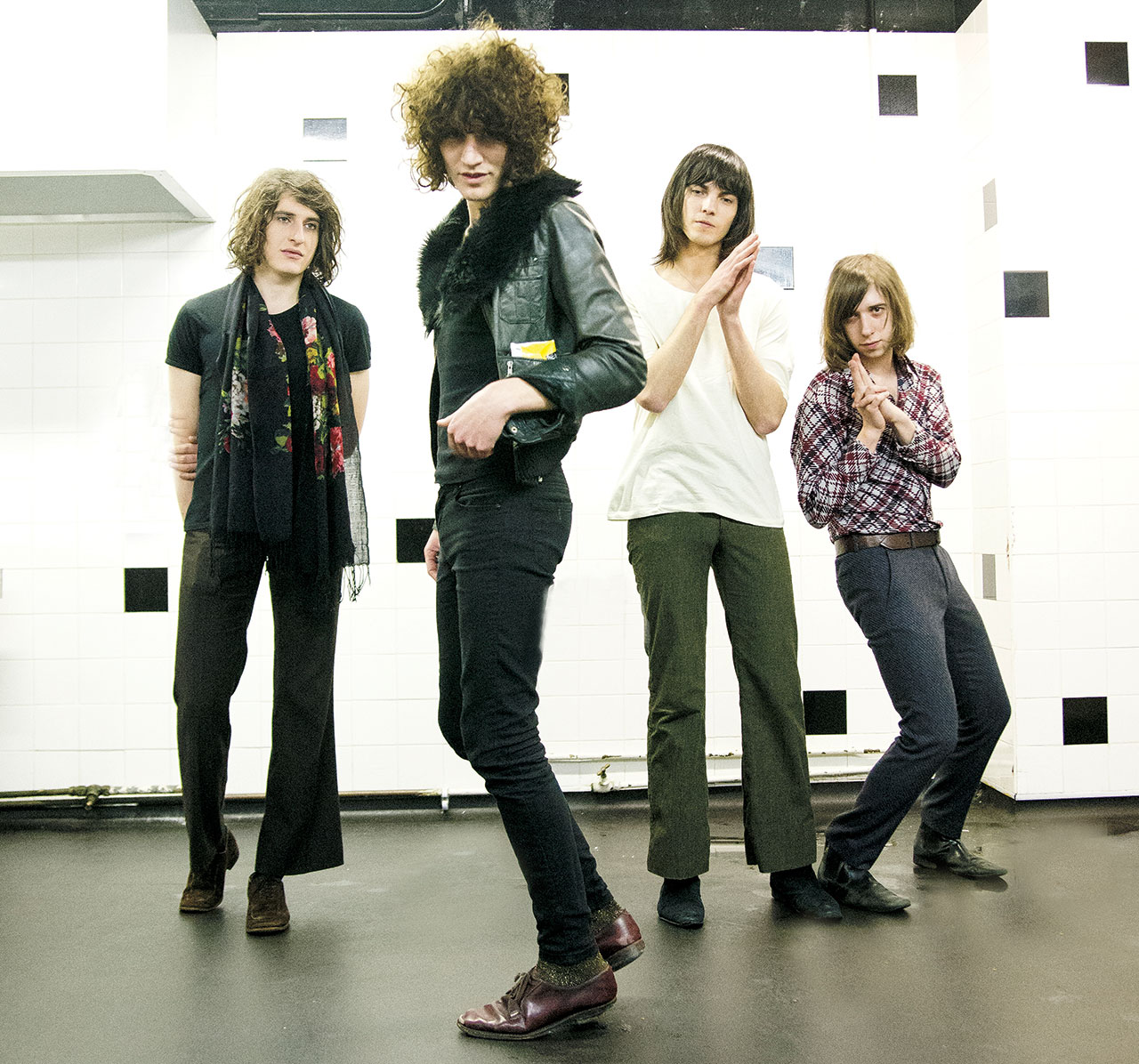
There is even a track on the album entitled How Would You Like To Go? What’s that all about, then?
“It’s blatant – there’s no hidden message there,” he replies. “We certainly didn’t address death on the first album, but we have this time, in a very British, tongue-in-cheek way. It’s more theatrical, with the influence from, I guess, Peter Hammill’s approach to lyric writing, with the high, soaring vocals and theatrical style of [Hammill’s 1975 album] Nadir’s Big Chance. We’ve replicated that to some degree.
“If you have any darker subject matter in your songs, it’s hard to know how to get that across to listeners without being completely morbid,” he adds, attempting to conjure in words the air of exultant melancholia on Volcano, which was very nearly called Celebration. “On Volcano we’re not mood-boarding nice words over psychedelic music, nor do we fall into complete despair. There’s a balance. But we are hitting a bit harder and asking questions from a progressive rock tradition: the idea of music as borderless. We’ve tried to bring a progressive spirit to the record.”
For all Walmsley’s talk of self-realisation and self-determination (hence, he says, the image of the key on the front cover of Volcano), his explanation that “lots of the songs [on the album] are pillars of different human emotions” and references to the arcane likes of Bill Nelson, one gets the impression Temples, far from a marginal, esoteric concern, have it in them to be Very Big Indeed. Something about Marr’s and especially Gallagher’s patronage makes you think that, were this 20 or so years ago, they’d have been a likely support act for Oasis at Knebworth. They have the requisite cute swagger about them. But are they living that sort of rock life, living it large on the road, or are they really more of a studio unit?
“The best way to describe us,” offers Walmsley, ever ready to keep his allusions prog-friendly, “is to paraphrase Steve Hackett: we’re all legends in our own bedrooms.
“We’re just four people from Kettering,” he goes on. “It just so happens that we’re on a bus in the middle of California. It’s a little bit like, ‘How did we end up here?’ I think being from the same small town helps you, really. Of course we’re very polite. Are we laddish? Not really, no. We’re far too afraid of our own shadow to be like that.
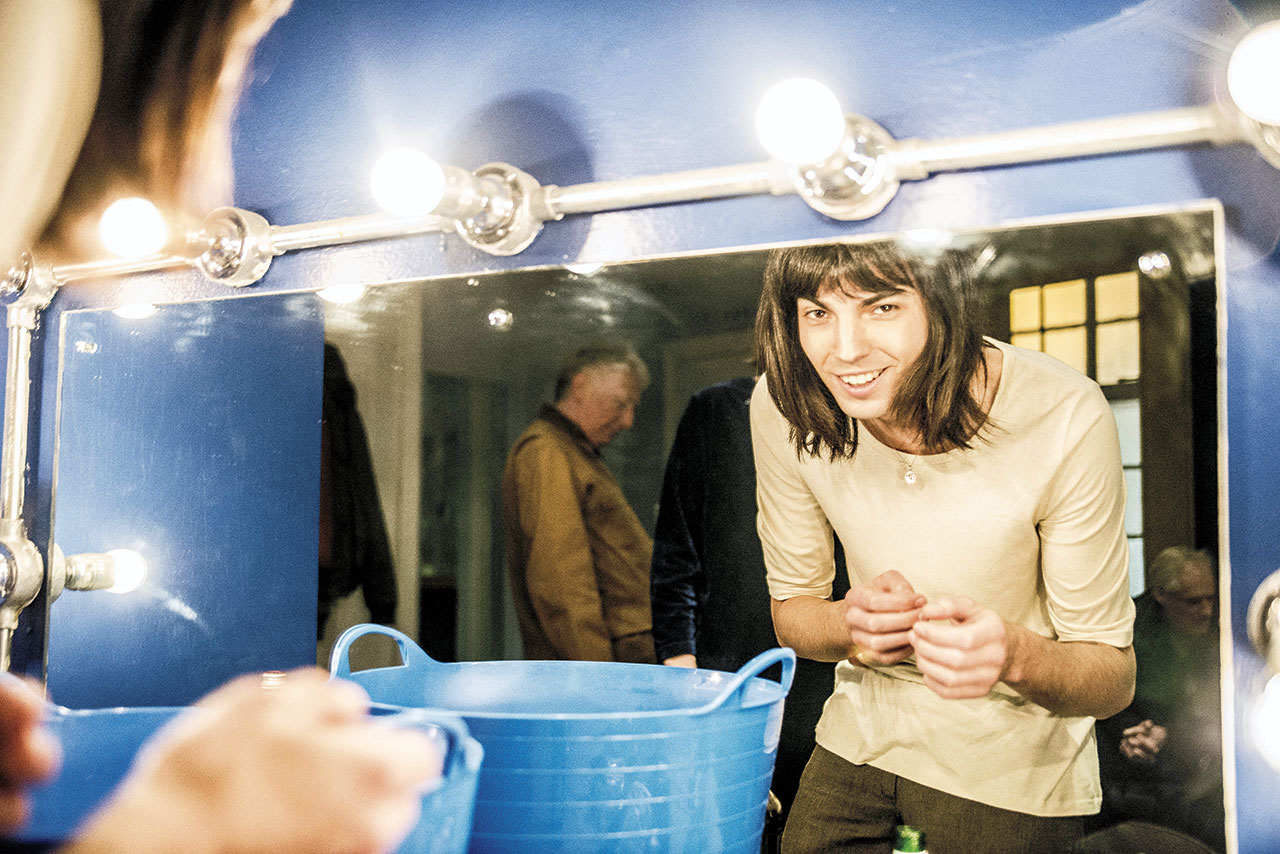
“You do get thrown into the pigeonhole of being a British guitar band,” he continues, “but we’re studio-ridden technophiles, really. We like technology and reading books and playing chess rather than swaggering about.”
Are Temples less a displaced Britpop band than a displaced prog one? Where would they have been more comfortable: Knebworth 1996 or Canterbury 1972? He doesn’t hesitate before replying.
“Infinitely the latter, absolutely,” he says. When asked who he would choose if he could be pals with any musician from history, he decides, “Richard Sinclair from Caravan. Or to have even a brief conversation with Daevid Allen [of Gong] would have been incredible.”
Temples get lots of veteran proggers coming to their gigs, comparing them favourably to bands past. “We definitely get people who are fanatical record collectors who are perhaps older than some of the younger kids who come along, and it’s always a real honour to speak to them, because for them to give you the seal of approval… They tell us they haven’t heard anything like us for a while and it’s incredibly flattering.”
Is it a help or a hindrance that they’re so good looking? They could almost be a prog boy band.
“Weren’t Pink Floyd a prog boy band?” he fires back, and he’s got a point. “There are a lot of good looking bands from that era.”
Go on, then. Name the Top 10 best looking prog frontmen, ever.
“Oh God,” he laughs. “And women, of course.”
Of course. Although Stacia would be No 1, right?
“She’d be numbers one, two, three and four…
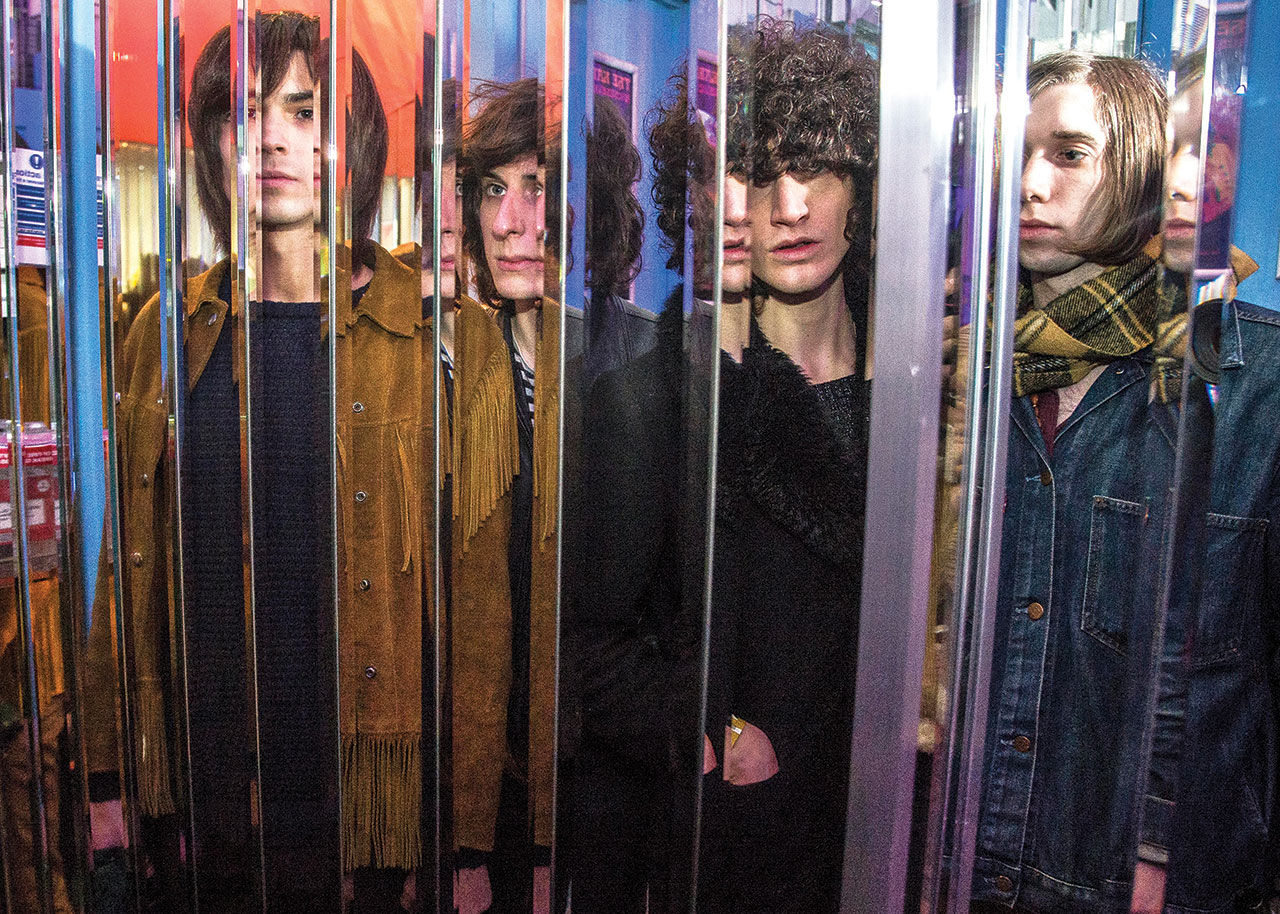
“Okay, well,” he continues, gamely, “It’s tricky to know where to start. I don’t want to just pick bass players but obviously Greg Lake, God rest his soul, he had a good few years where he was looking at the top of his game. Then there’s Chris Squire, mainly because he dressed well. Kevin Ayers, of course; butter wouldn’t melt in his mouth, I’m sure. Peter Gabriel before he shaved his head. Todd in the 70s, when he out-androgenised Bowie. Gilli Smyth from Gong. Giles, Giles and Fripp,” he finishes the rundown, cheating a bit.
Is image important to Temples? “Well, no more than any other artist,” he says. “Bob Dylan always thought about how he looked. Even if he didn’t want to look particularly well-dressed he carefully made sure that he didn’t look well-dressed. It’s synonymous with music; something people pick up on.”
At the time of writing Volcano has just entered the album charts, the band’s second success in a row. Now that is a good look. But where does it position them in prog historical terms? What’s the blueprint, the paradigm, on which their trajectory is modelled? Ever the prog student, Walmsley has the answer.
“We’ve jumped straight from our Nursery Cryme to our Trick Of The Tail meets Peter Gabriel’s Scratch. Three years is a long time between records and we had to do some catch-up. We’d love to have done our Lamb Lies Down On Broadway, but then that may have resulted in one of us leaving, so luckily we skipped that phase.”
Dance On A Volcano, or something. One question remains: how would he like to go?
“Um, quickly,” he says, preparing to – ever so politely, natch – assail an audience of Californian prog fans. “But not now. And more importantly than anything, I’d like to leave something of value behind.
“Meanwhile, I’d like us to keep changing and developing over future records. I’d like us, just as everything starts to become too much, to move somewhere else.”
How very prog.
Volcano is out now on Heavenly. See www.templestheband.com for more info.
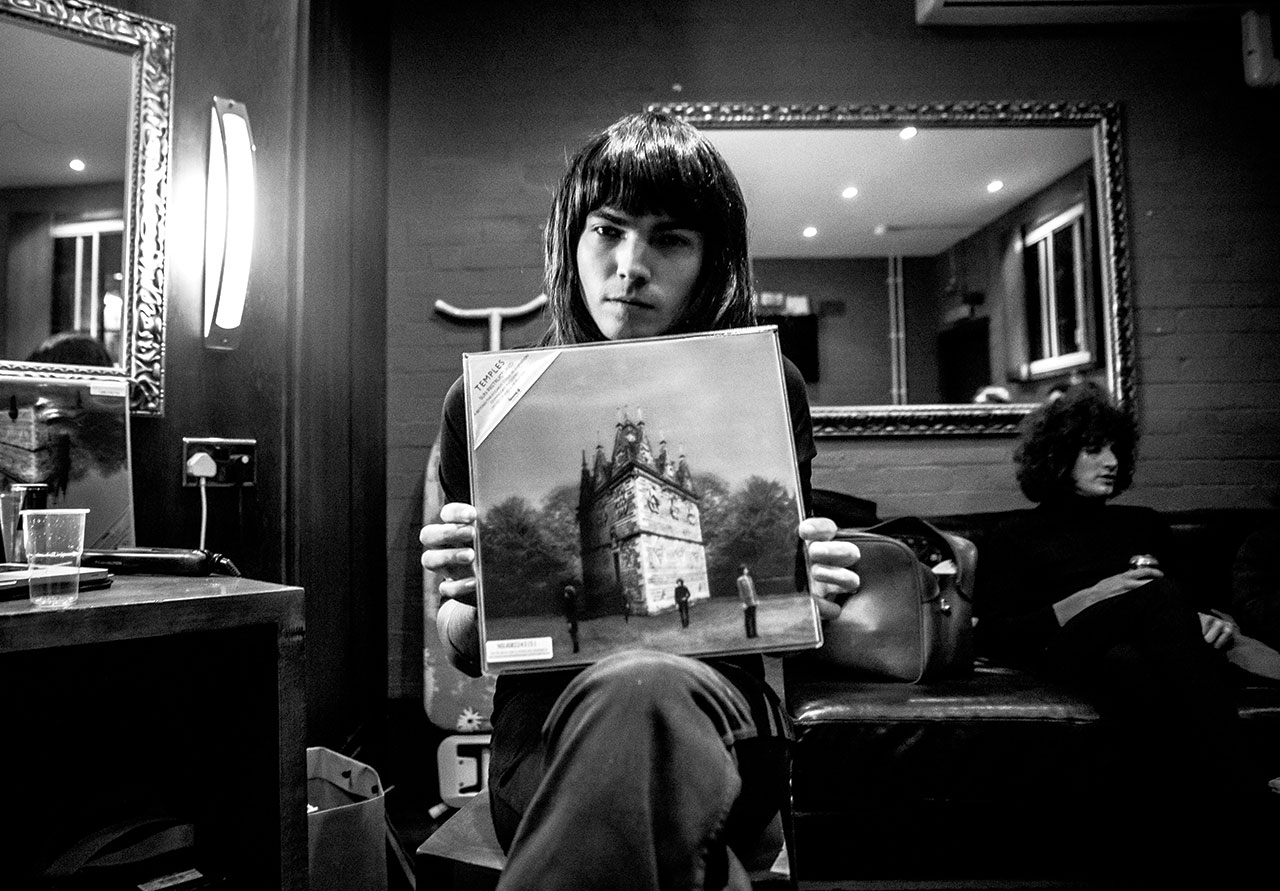
Your Shout!
Their past may be steeped in psych, but with all this talk of ELO, Alan Parsons, Caravan and Chris Squire, the question needs to be asked: Just how prog are Temples?
“I guess they’re more psychedelic than prog but whatever they are, they’re bloody brilliant. Saw them play Latitude Festival once and they rocked.” - Rick Lennox
“Prog in a sense: interesting, sound more psychedelic though. Great band!” - Danny Mayo
“They are a great psych band. The thing I love about Prog magazine is that it covers both prog and psych! Thanks guys!” - Allison Blue-Sky
“The epic re-working of Sun Structures into one 42-minute piece is prog-tastic!” - Ed Lindsay
“Quite pleasant and easy to listen to but leaning a little more towards synth pop and not unlike a lot of bands from the 80s/90s. Not quite adventurous enough to pick up on my prog tendrils.” - Kevin Braithwaite
“The laws of physics dictate that it is categorically impossible to be classed as prog if you come from Kettering…” - Andrew Buckley
“My definition is broad, so prog enough, but a bit disappointed with album two.” - Steve Kenny
“More psych than prog – and great with it.” - David Miller
“They were interesting. The last album is pop rubbish. Sun Structures is more psych. The new album is a Tame Impala, MGMT wannabe.” - Franco Soria
“Just heard the song Certainty. It’s good.” - Arpan Das
“Very progressive if you’re still living in 1966.” - Steve Harrison
“Love Temples: their first album was like listening to another volume of Nuggets. They could be defined as revisiting the sound of early prog bands.” - Stuart Harris
“For a newish group they fit in wonderfully well with all the bands from that all-too-brief moment of bliss when 60s pop psych began to mutate to prog. Certainly deserve coverage in this magazine.” - Chris Bembridge
“Temples are more psychedelic than progressive in my opinion. Their use of synthesisers are the only reason I can think of that make them quite proggy. They seem quite experimental or avant-garde with their odd use of vocals, lyrics and sudden style shift, I feel. I enjoy them a lot regardless…”- Callum Greenhow
“Far too obsessed with sixties production values for my tastes…” - Daryl Anthony
My Prog Hero: Temples' Thomas Walmsley bangs the gong for the late Daevid Allen
